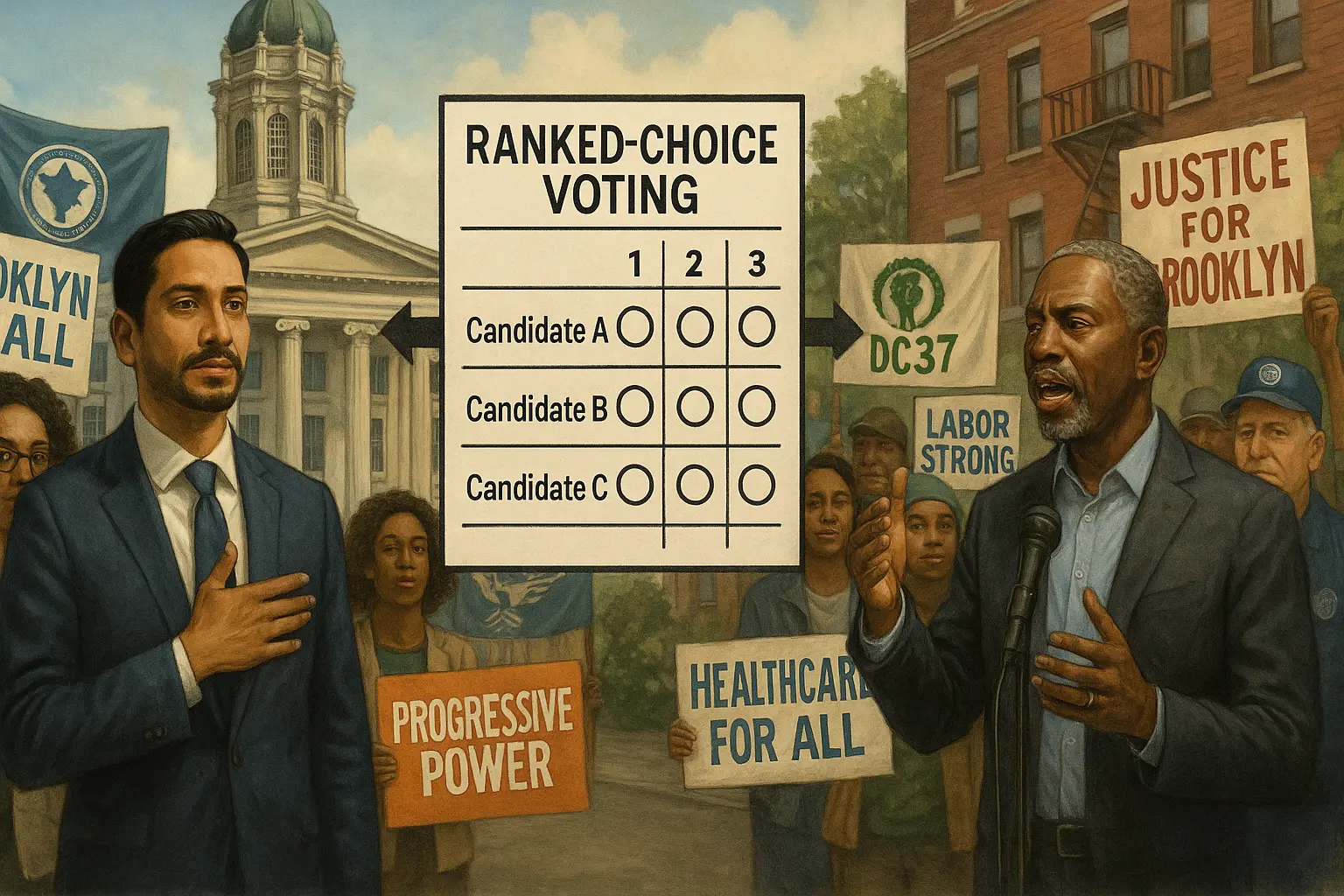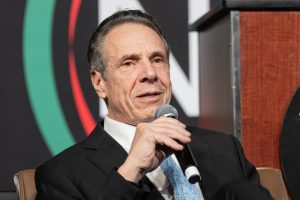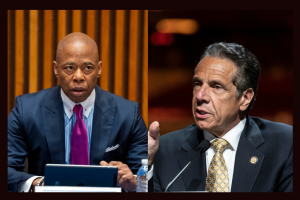By Esther Claudette Gittens | Photo Copyright IQ INC.
Brooklyn, a sprawling and diverse borough, is once again a focal point in New York City’s political landscape, with its Borough President race for 2025 drawing significant attention. While the position of Borough President is often seen as less powerful than the Mayoralty, it holds considerable influence over local development, community boards, and advocating for the borough’s unique needs. The Democratic primary, set for June 24, 2025, is particularly crucial, given Brooklyn’s overwhelming Democratic electorate. The presence of ranked-choice voting (RCV) adds another layer of strategic complexity to what is shaping up to be a competitive contest.
Who is Leading in the Polls and Why?
As of early June 2025, the Brooklyn Borough President Democratic Primary features two main contenders: incumbent Antonio Reynoso and challenger Khari Edwards. While comprehensive, up-to-the-minute polling data for this specific race can be scarce compared to the mayoral contest, available information strongly indicates that Antonio Reynoso, the incumbent, is currently leading in the polls.
Reynoso, who assumed office in January 2022, has the inherent advantage of incumbency. He possesses name recognition across the borough, a built-in campaign infrastructure, and the ability to point to his record in office. His previous win in the 2021 Democratic primary, where he ultimately secured 54.9% of the vote after several rounds of RCV, demonstrates his ability to build a winning coalition. His platform emphasizes a “Brooklyn for All,” focusing on affordable housing, healthcare, environmental justice, and public safety solutions that uplift communities. His history as a City Councilmember and community organizer also provides him with deep roots in progressive and community-based movements. He has garnered endorsements from organizations like the Working Families Party, Citizen Action of New York, and various Democratic clubs, solidifying his progressive bona fides.
Challenger Khari Edwards, an activist and former healthcare executive, is making a second bid for the office, having also run in the 2021 primary. While Edwards has a significant base of support, including endorsements from labor unions like District Council 37, he faces an uphill battle against an incumbent who has already demonstrated success in a competitive RCV environment. His campaign emphasizes a focus on working-class families and addressing the daily needs of Brooklyn residents. His decision to run again suggests he believes there’s an appetite for a change in leadership, perhaps capitalizing on any perceived weaknesses in Reynoso’s first term.
The lack of extensive recent public polling for this specific borough president race makes it challenging to provide exact percentages, but the dynamics of incumbency, prior election results, and the endorsements garnered by both candidates suggest Reynoso holds the upper hand.
How Does Ranked-Choice Voting Impact Each Candidate?
Ranked-choice voting, which allows voters to rank up to five candidates in order of preference, significantly influences the strategies of both Antonio Reynoso and Khari Edwards.
For Antonio Reynoso (Incumbent): Reynoso’s primary goal under RCV is to secure over 50% of the first-choice votes. If he achieves this, the RCV process is immediately concluded, and he wins outright. However, if he falls short of 50%, he will need to rely on second and third choices from voters whose top-ranked candidates are eliminated. Given his progressive leanings and endorsements from various progressive organizations, he will likely benefit from voters who may initially prefer other, more niche progressive candidates but will ultimately rank Reynoso highly as a strong alternative.
His strategy will be to:
- Mobilize his base: Ensure his core supporters not only rank him first but also understand the RCV process.
- Broaden his appeal: While maintaining his progressive platform, he might seek to connect with moderate Democrats to secure their lower rankings.
- Positive campaigning: Avoid direct attacks on Edwards that could alienate voters who might otherwise consider him as a second choice. He wants to be seen as a consensus builder, even if he’s the frontrunner.
For Khari Edwards (Challenger): For Edwards, RCV presents both a challenge and an opportunity. He is unlikely to win with a majority of first-choice votes against an incumbent. Therefore, his path to victory lies in accumulating a significant number of second and third choices from voters whose top candidates are eliminated. This means he needs to be a palatable alternative for a wide range of Democratic voters.
His strategy will be to:
- Distinguish himself from the incumbent: Clearly articulate why he is a better choice than Reynoso, without necessarily resorting to negative campaigning that could turn off voters.
- Form tacit alliances: While not formal, he may seek to appeal to voters who might support other lesser-known candidates, hoping to be their second or third choice. His labor union endorsements suggest an appeal to a more centrist or working-class Democratic bloc.
- Voter education: Encourage his supporters to rank him, and then to rank other candidates who are ideologically aligned, or at least not vehemently opposed, to his platform.
The Risk of Corroboration
The term “corroboration” in this context refers to how candidates’ associations, endorsements, or even tacit alliances might influence voter perception and behavior, particularly within an RCV framework.
Positive Corroboration: RCV fundamentally encourages a form of positive corroboration. Candidates benefit when other candidates, or influential groups, effectively “corroborate” their viability or appeal. For example, the Working Families Party’s endorsement of Antonio Reynoso suggests that he aligns with progressive values, potentially encouraging their voters to rank him highly. Similarly, Khari Edwards’s endorsement by District Council 37 might signal to labor voters that he is a reliable choice.
In a multi-candidate field, this can manifest as candidates subtly or openly suggesting voters rank others with similar platforms. This allows for a more cooperative primary where candidates aren’t just fighting for first-place votes but also for broader appeal as a backup option. This minimizes the “spoiler effect” of traditional plurality voting.
Negative Corroboration: The risk of negative corroboration in a borough president race, while present, is typically less pronounced than in a high-stakes mayoral contest. However, it still plays a role. If a candidate is perceived as too extreme, too divisive, or too closely associated with unpopular policies or figures, it could deter voters from ranking them at all, or relegate them to a very low preference. For an incumbent like Reynoso, negative corroboration could arise from any perceived failures or controversies during his first term. For Edwards, it could stem from any past political missteps or associations that are viewed negatively by segments of the Brooklyn Democratic electorate.
In the Brooklyn Borough President race, with an incumbent facing a challenger who has run before, the primary risk of corroboration lies in how effectively each candidate can convince voters that they are not just the best choice, but also a safe and acceptable second or third choice for a broader range of voters. Reynoso’s challenge is to avoid complacency and ensure his progressive base is energized, while also demonstrating competence and broad appeal. Edwards’s challenge is to present a compelling alternative vision and leverage his existing relationships to become a strong second or third preference for enough voters to overcome the incumbent’s advantage. The outcome will ultimately be decided by how effectively each candidate navigates the intricacies of ranked-choice voting to build a winning coalition across Brooklyn’s diverse communities.
Click Here to Schedule a Consultation with Figeroux & Associates Today!



